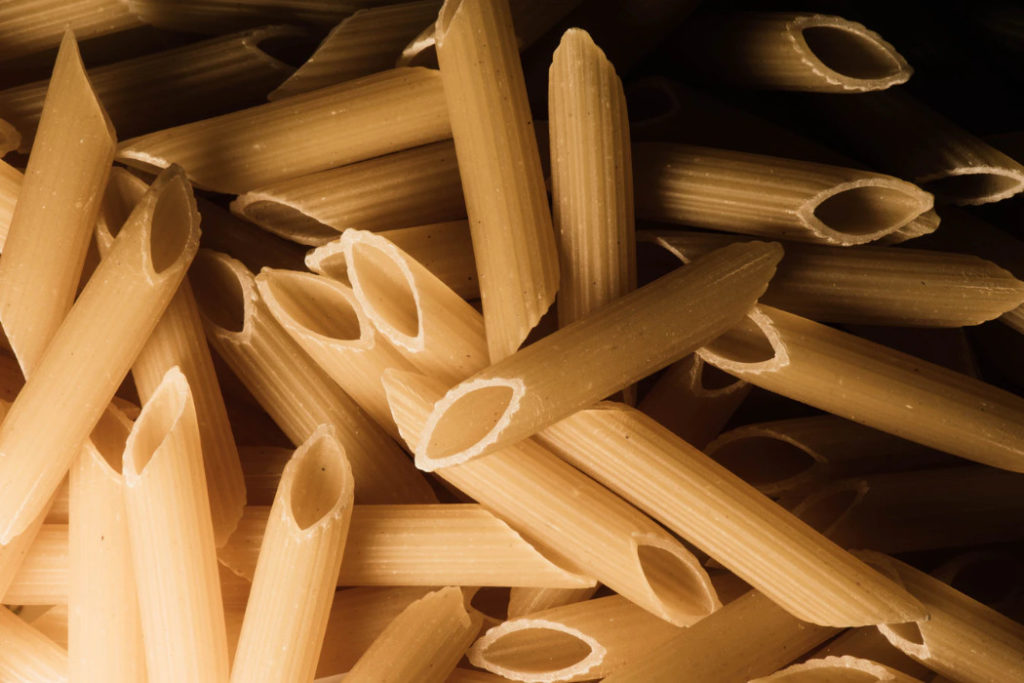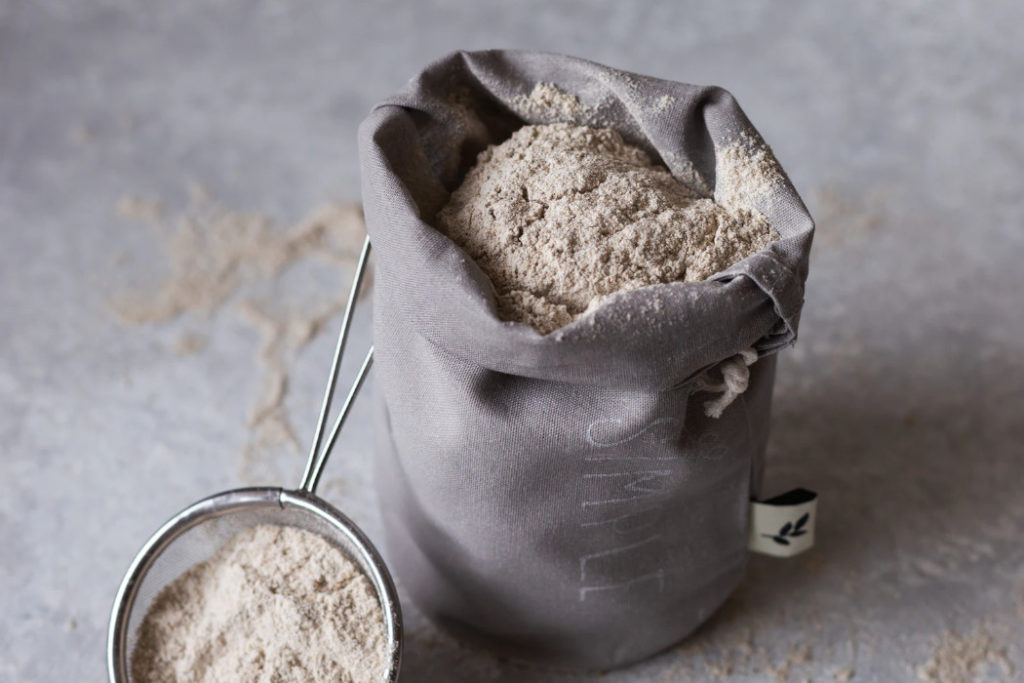The measure of carb content in food with the pace at which it increases your blood glucose levels is called Glycemic Load. A simple way of making healthy diet choices is following the Glycemic Index. It helps compare alternative sources of nutrients according to blood glucose levels. Glucose has a higher blood glucose response in comparison to fructose.
Chickpea is a kind of legume. It is known for being a nutrient powerhouse and is rich in fiber, protein, vitamins, and minerals, which are important for bone, muscle, and skin health. A cup of chickpea contains about a third of an average person’s protein needs. It is also helpful in the prevention of various health problems. According to the International GI Tables, the GI of chickpea is 28, which is quite low and means that it does not cause much of an increase in your blood glucose levels.

Chickpea is versatile, and there is so much that you can cook with it, and it comprises healthy nutrients like
- Protein
- Folate
- Iron
- Phosphorous
- Copper
- Manganese
How to Calculate Glycemic Load of Chickpeas?
The standard Glycemic index of chickpeas is around 28. The high glycemic index of the foods helps in reducing the risks related to cardiovascular diseases. If we want to talk about diet, the key to prevent diabetes or any chronic illness is to distribute the carbohydrate consumption content throughout the day and manage the sugar levels in the body correctly—having chickpea salads, hummus, chickpea pasta, and chickpea breads are better for your overall health.

The Formula/Procedure For Calculation of Glycemic Index of the Chickpeas:
GL = GI * carbs / 100
where
- GL – glycemic load;
- GI – glycemic index;
- and carbs – the amount of carbohydrates in the portion.
| SL.NO | CHICKPEAS BY WEIGHT IN (g) | GLYCEMIC LOAD |
| 1. | 100 g of Chickpeas | 17 (medium) |
| 2. | 250 g of Chickpeas | 42.5 (high) |
| 3. | 500 g of Chickpeas | 85 (high) |
| 4. | 100 g of Chickpeas Pasta | 7.7 (low) |
| 5. | 100 g of Chickpeas Flour | 16.8 (medium) |
| 6. | 1 Cup of Chickpeas (150 g) | 34 (high) |
Are Chickpeas Safe to Consume If You Have Diabetes?
A cup of chickpeas, which would be about 164 g, would contain 12.5 g of fiber. Fiber is very beneficial for people who have diabetes, and chickpeas is a recommended source of fiber. A study has shown that having about 30 g of fiber every day can reduce inflammation in people with type 1 diabetes. Another study has shown that a high fiber diet can reduce blood glucose levels and reduce the risk of type 2 diabetes.
Can I Eat Chickpeas During a Fat-Loss Diet?
Having chickpeas during a fat-loss diet would help in fat loss. A high amount of protein can aid fat loss and make you feel full for longer. You can have about 100 g of chickpeas per serving.

- A 100g serving of chickpea has a GL of 17 which is in the permissible levels.
- You can include chickpea in your diet in a variety of ways, like hummus, chickpea pasta, flour, and more.
Can I Eat Chickpeas During a Low-Carbohydrate Diet?
You can eat chickpea during a strict low-carb diet. However, the portion size of it is something that you need to take into account. We suggest you not consume more than 100 g of chickpea per serving.
Is Chickpeas High in Sugar?
100 g of chickpeas have 61g of carbohydrates and about 11g of sugar. Although low in sugar, this has a significantly high amount of carbs, which is why you need to be mindful about its consumption.